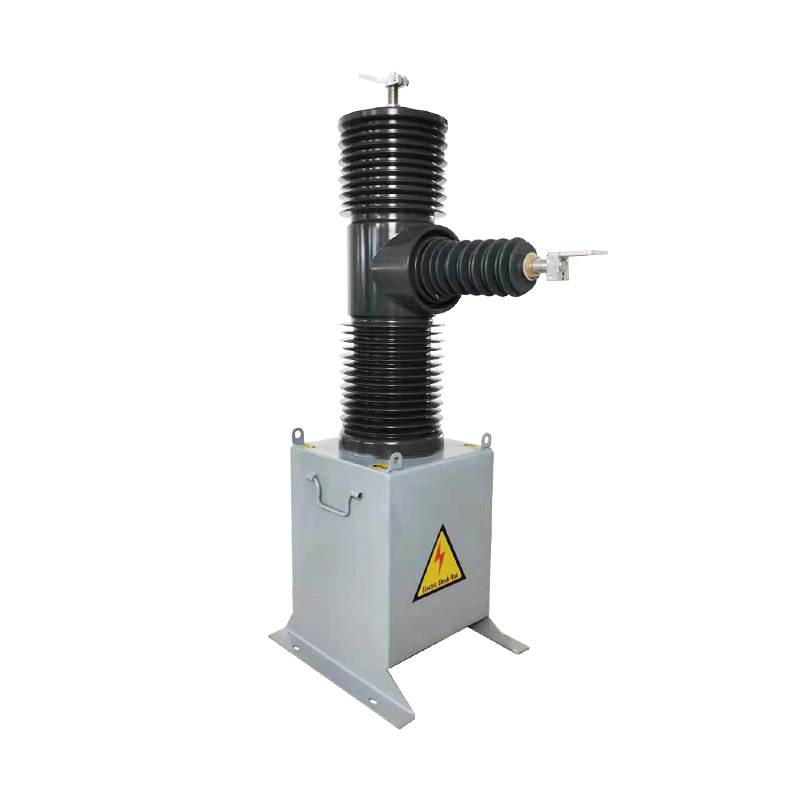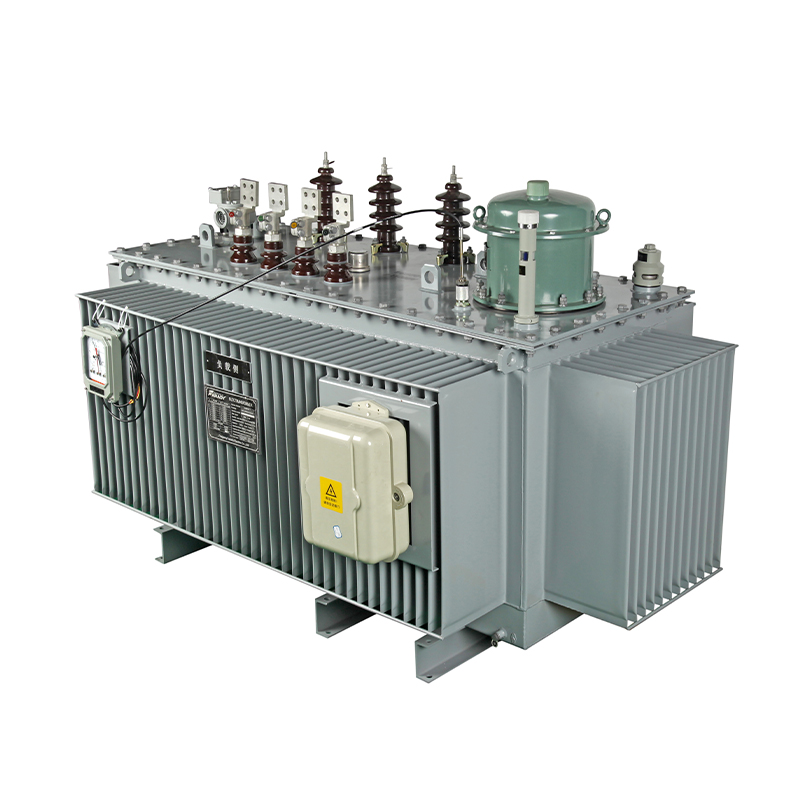Technological innovation and development trend of stepper voltage regulator

Technological innovation and development trend of stepper voltage regulator
1、 Technological innovation
1. Structural innovation: The stepper voltage regulator consists of a three-phase autotransformer, a three-phase on load tap changer, and an automatic controller, which enables it to achieve on load automatic voltage regulation within a range of ± 20%. In addition, adopting a fully sealed design reduces the rate of oil degradation, thereby reducing maintenance costs.
2. Control performance innovation: This regulator has excellent control performance and communication functions, realizing the "four remote" functions of telemetry, remote signaling, remote adjustment, and remote control. This is thanks to its unique anti-interference measures, which ensure the normal operation of the control unit.
3. Innovation in energy-saving effect: By using an autotransformer composed of a series transformer and a voltage regulating transformer, as well as reasonable gear settings, the losses during voltage switching have been reduced, thereby achieving significant consumption reduction and energy-saving effects.
2、 Development Trends
1. Intelligent direction: With the continuous advancement of technology, stepper voltage regulators will further develop towards intelligent direction. In the future, the device may be equipped with more advanced automatic control systems that can achieve more precise and rapid voltage adjustments to adapt to constantly changing power demands.
2. High reliability direction: The reliability of power equipment is the key to ensuring the stable operation of the power system. Therefore, in the future development, stepper voltage regulators will pay more attention to improving the reliability of equipment, using more durable materials and more reasonable designs to extend the service life of equipment.
3. Green environmental protection direction: In the context of global advocacy for green environmental protection, power equipment also needs to consider environmental factors. Future stepper voltage regulators may adopt more environmentally friendly materials and manufacturing processes to reduce the equipment's impact on the environment.
4. Multi functional integration direction: In order to meet the needs of different users, stepper voltage regulators may develop towards multifunctional integration. For example, integrating more protection and monitoring functions to provide more comprehensive power security.
In summary, the stepper voltage regulator has achieved significant results in technological innovation and has broad development prospects in the future. With the continuous advancement of technology and changes in market demand, this device will continue to develop towards intelligence, high reliability, green environmental protection, and multifunctional integration.
Relate Products
Relatenews
- Step Voltage Regulators: Key Specifications to Know 2025-09-05 15:31:00
- The Future of Step Voltage Regulators in Smart Grids 2025-08-25 08:16:00
- Efficiency Metrics for Step Voltage Regulators 2025-07-19 08:45:00
- Step Voltage Regulators: Addressing Voltage Flicker in Welding Operations 2025-07-08 17:49:00
- Application and Challenges of step voltage regulator in Ocean Engineering 2024-12-26 15:41:41
- Seismic performance evaluation and reinforcement suggestions for step voltage regulator 2024-12-26 15:41:39
- Compact Design and Space Optimization Scheme of step voltage regulator 2024-12-26 15:41:38
- Discussion on the Integration of Intelligent Manufacturing and Industrial Internet of Step by step voltage regulator 2024-12-26 15:41:37





